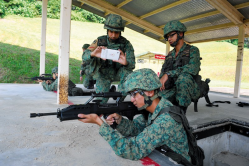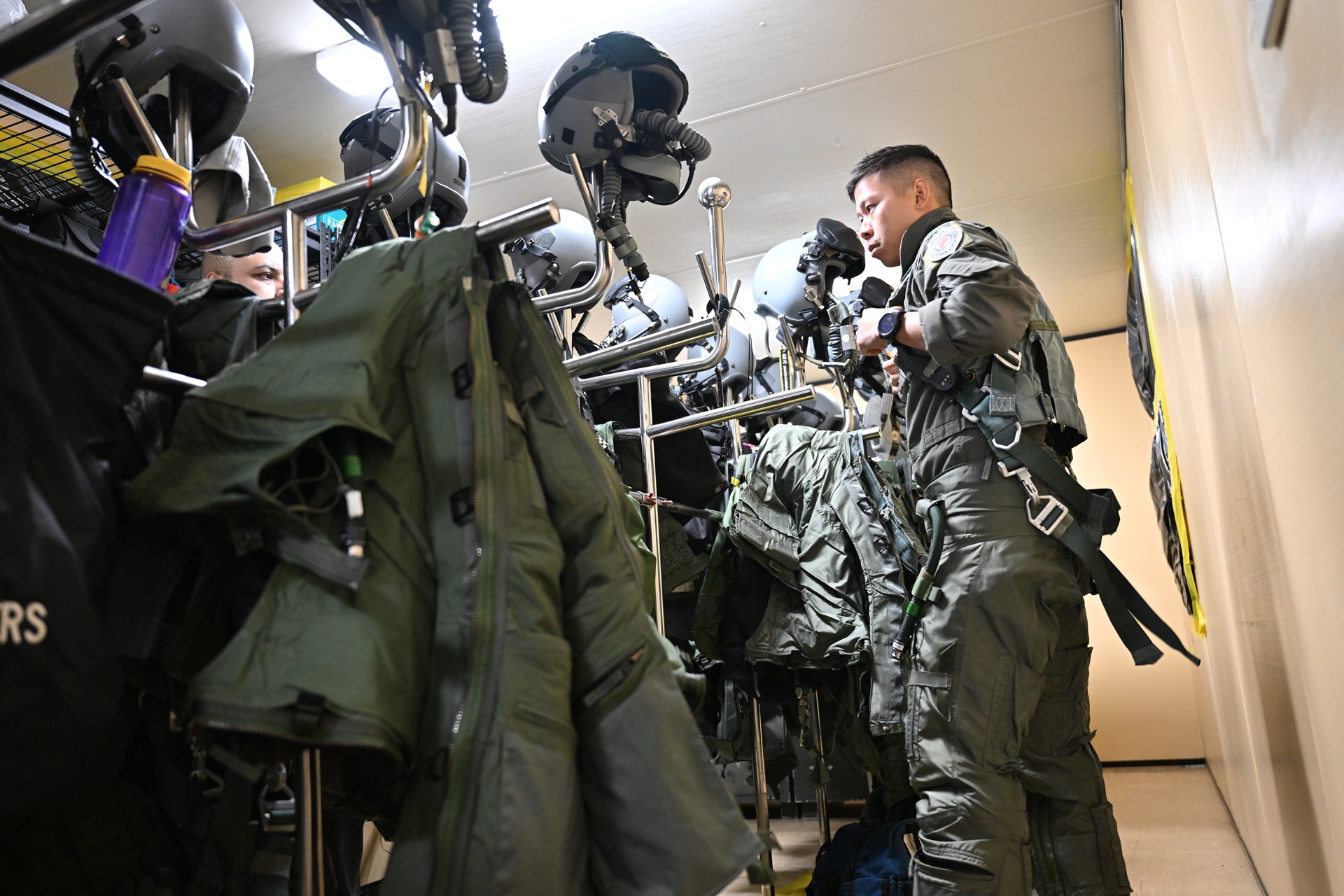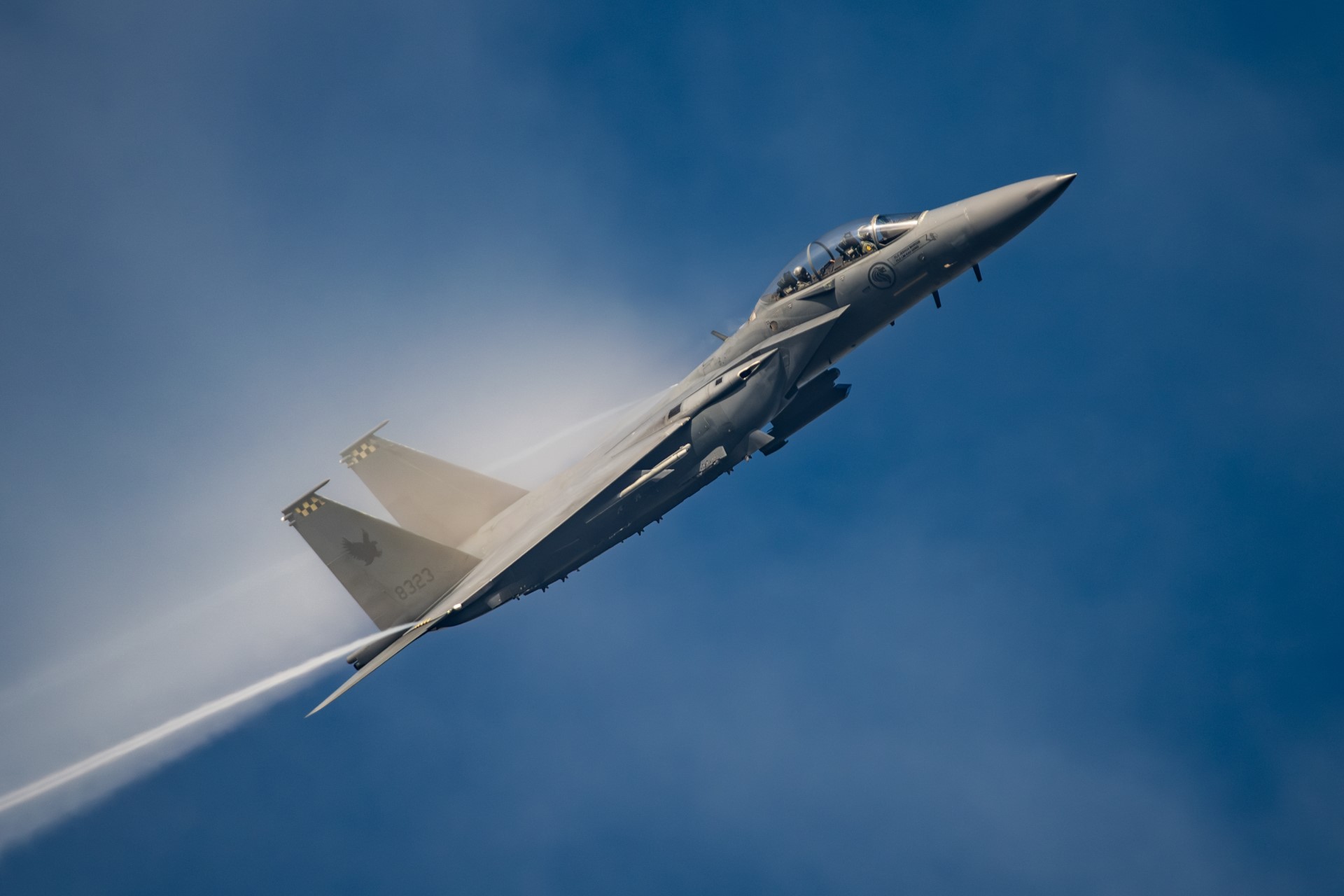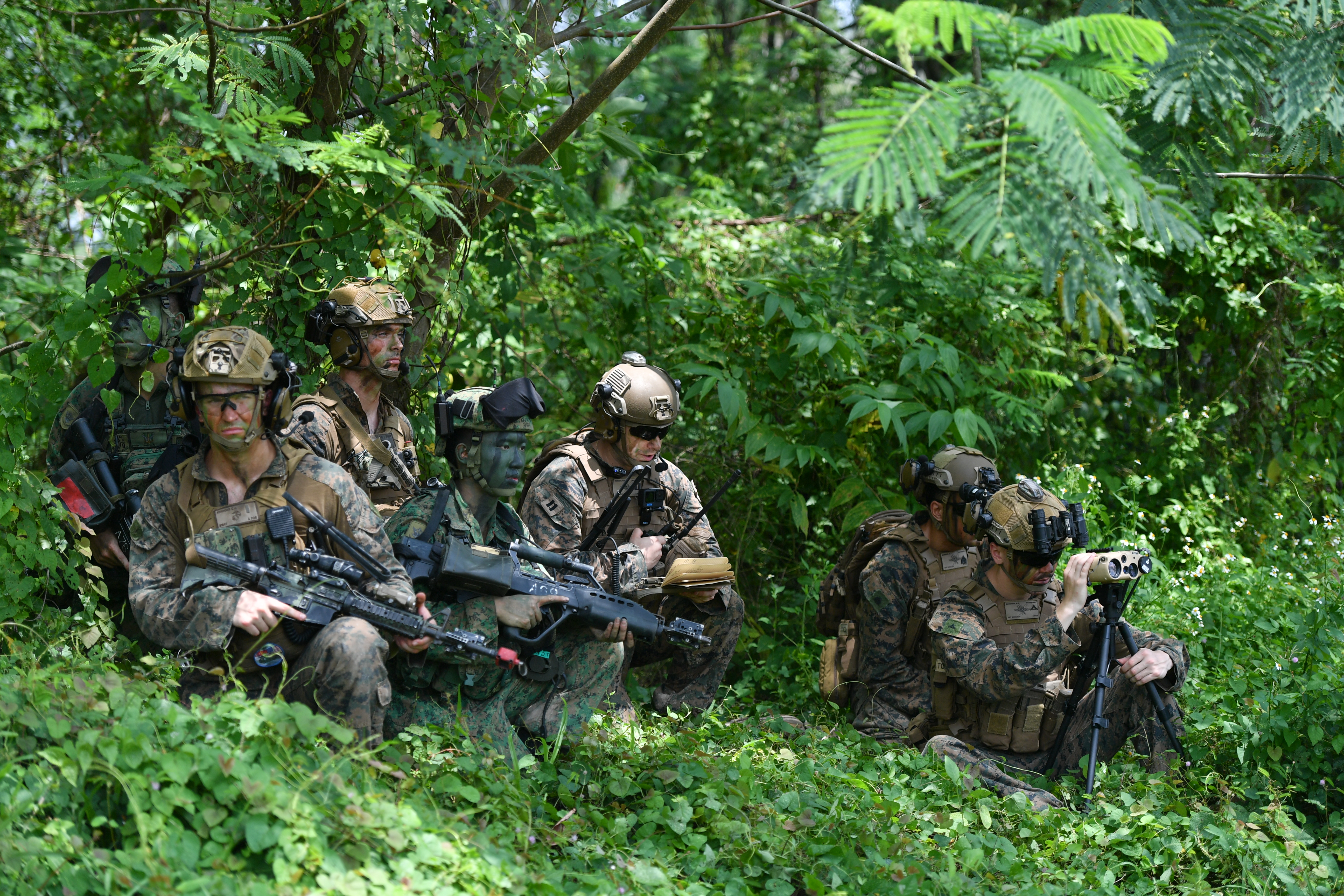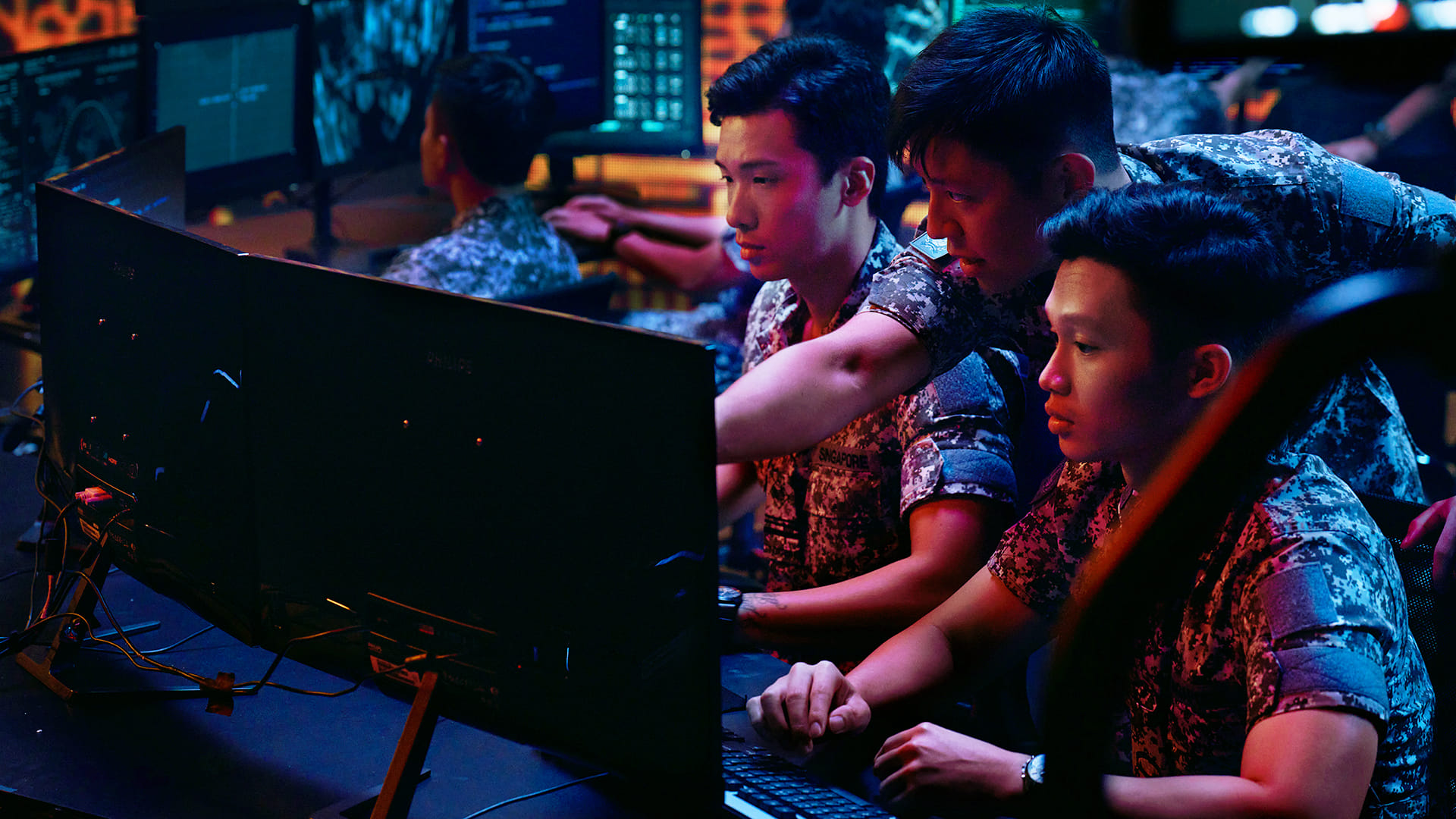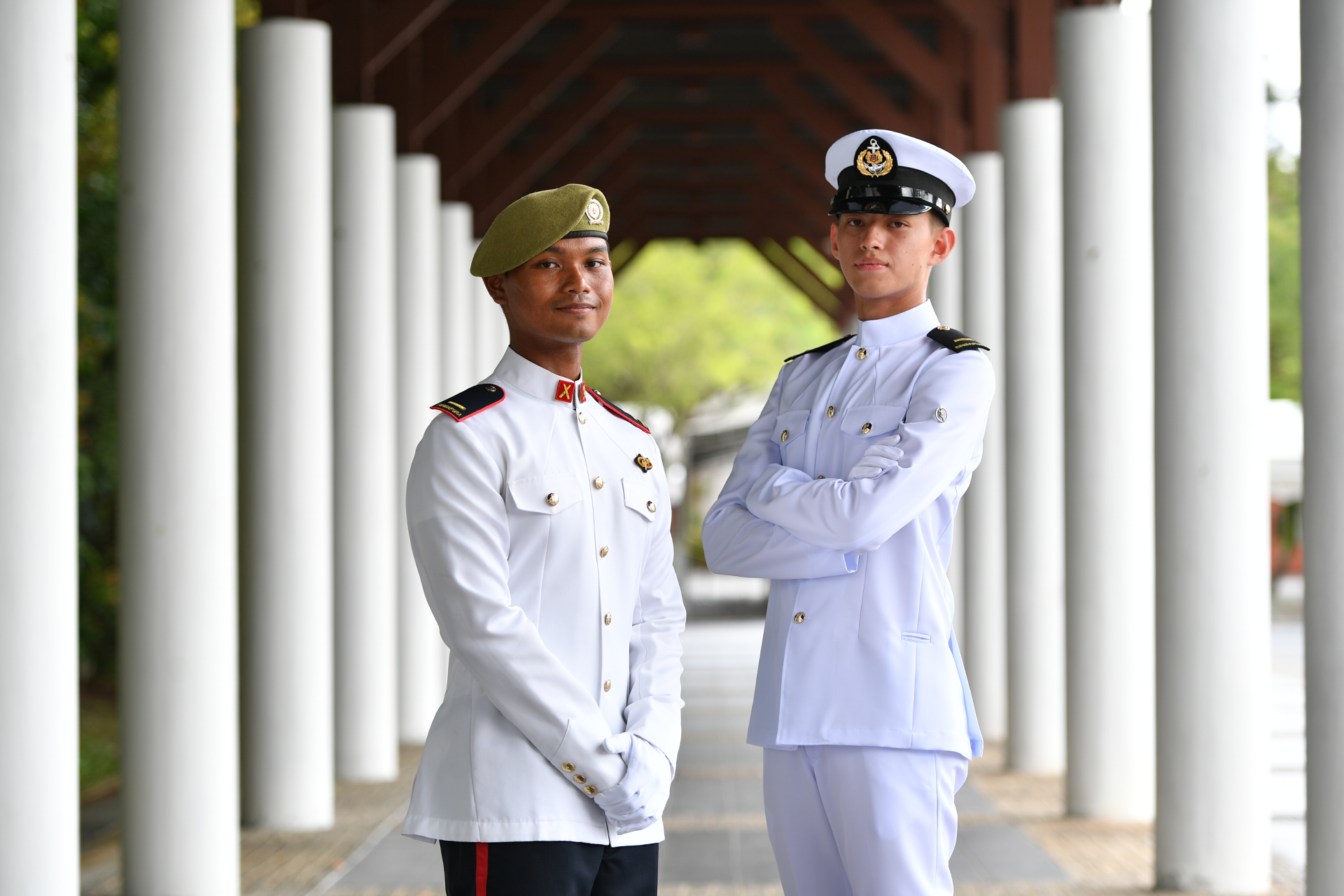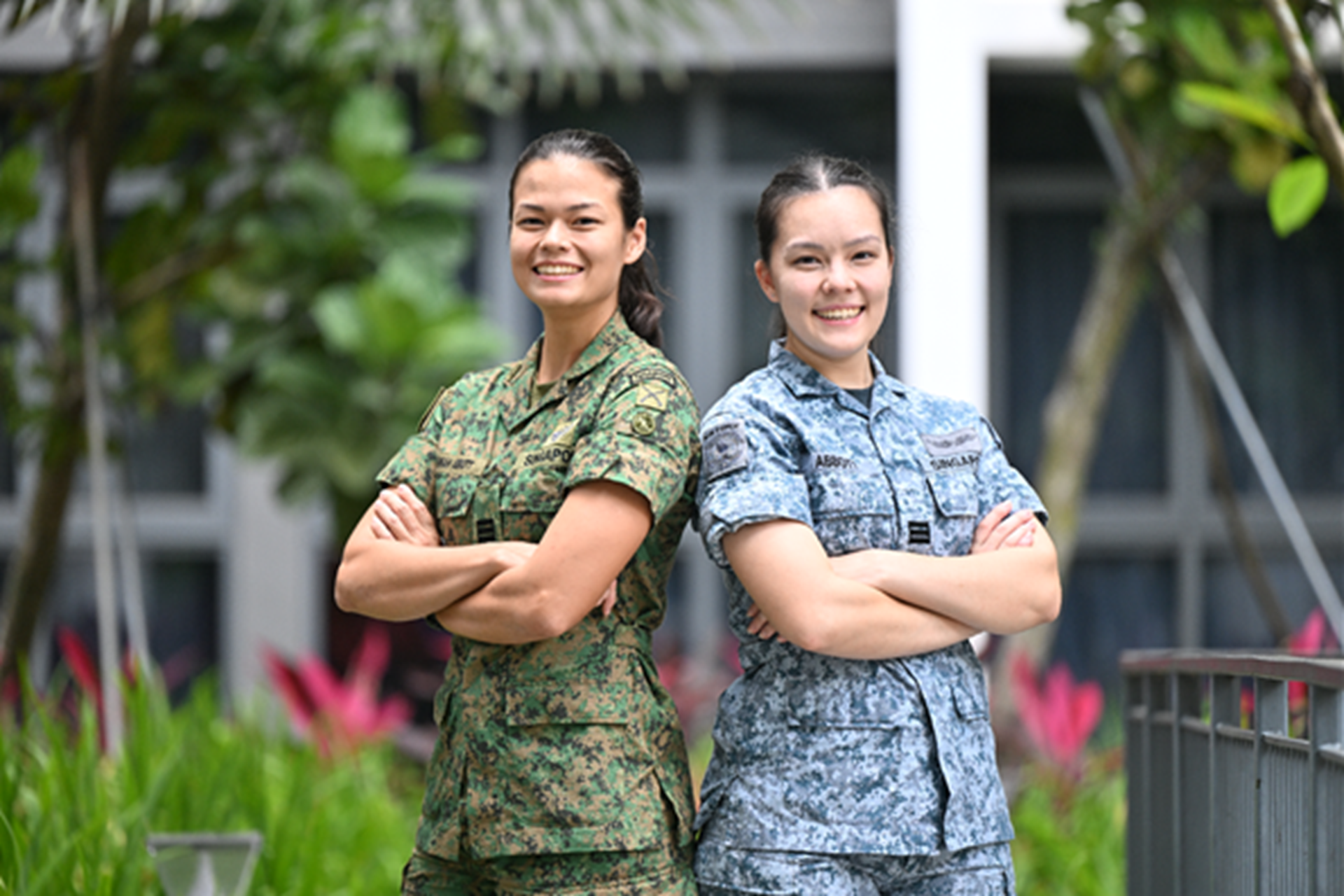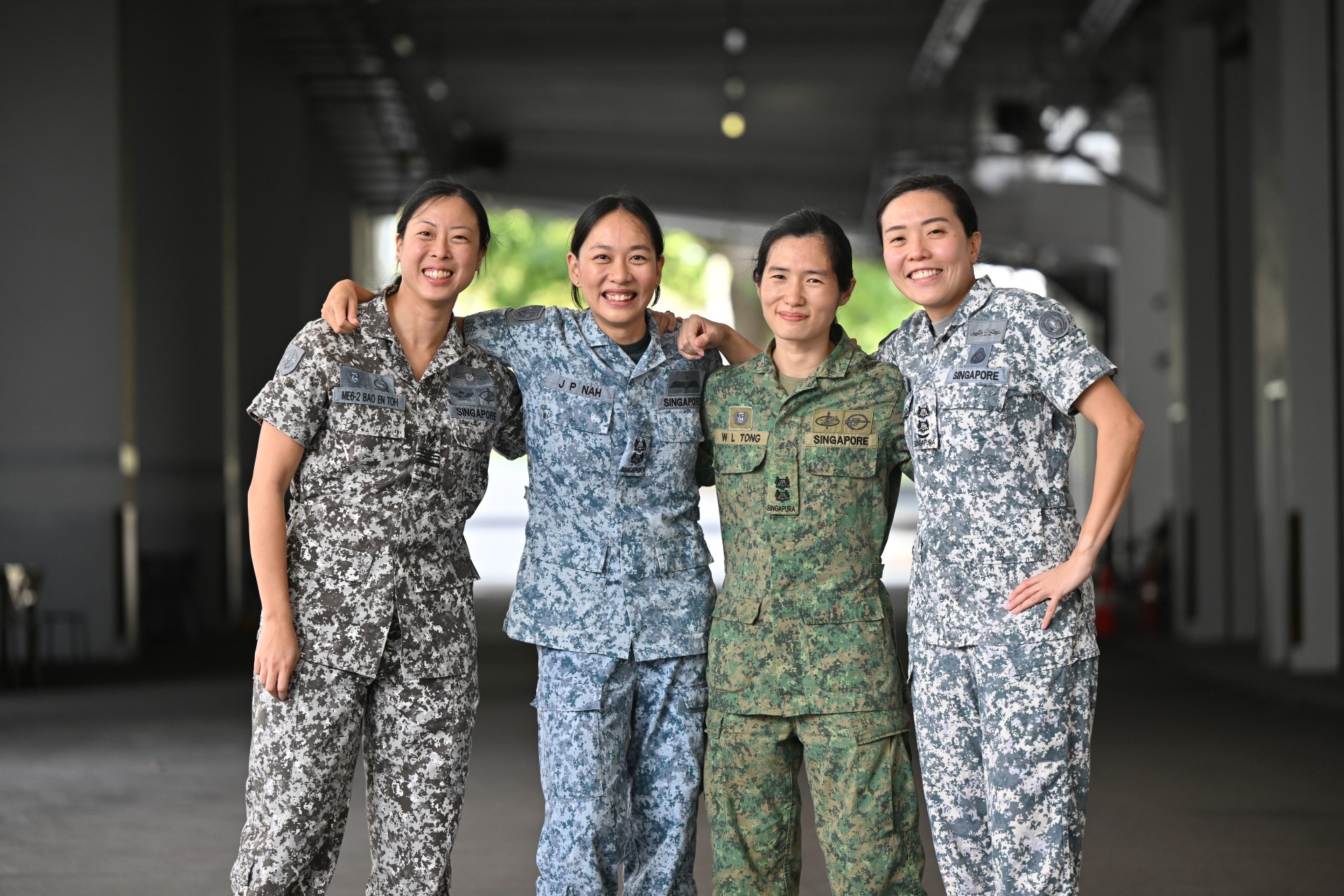EFFECTIVE AND ENGAGING TRAINING
// PHOTOS PIONEER Photographers
Armed forces are only as strong as the fighting spirit of their people. Here's an update on what the Singapore Armed Forces (SAF) has done to develop this will to fight by improving National Service (NS) training systems.
Full-time NS and the subsequent operationally-ready service years are commitments that all Singaporean men must undertake. When it comes to making the most of that time, the SAF spares no effort.
"Our NSmen (Operationally Ready National Servicemen) face competing demands from studies, work and family. We are sensitive to these challenges... Steps continue to be taken to move NS from efficient to effective and from effective to engaging," said Chief of Defence Force Lieutenant-General Neo Kian Hong at a recent speech to SAF personnel.
To ensure that the time these men put into NS is meaningfully spent, the SAF has been rolling out various improvements to NS training. These are done to make servicemen's training experiences more positive, and in turn, encourage them to give their best.
Examples of such improvements include the implementation of electronic systems for greater efficiency, the use of devices to enhance learning, and the introduction of an outcome-based approach to In-Camp Training (ICT) for more focused training.
Saving time
For greater efficiency, electronic means have been introduced in matters such as in- and out-processing, as well as registration and scoring in firing ranges.
Servicemen can register their attendance by simply scanning their identity cards, and prompt processing of their service pay follows. At Individual Physical Proficiency Tests (IPPTs) and firing ranges, the use of computerised systems allows their scores to be electronically recorded.
According to Captain (CPT) Zishan Amir, a former trainer from the Infantry Training Institute (ITI), having these electronic systems means NSmen now have more time to get up to speed on their combat skills during their ICT. "For NSmen, training time is finite, so we want to reduce administration time to give them more time for training."
NSman CPT (NS) Edwin Khoo agreed. The Operations Officer from 724th Battalion, Singapore Guards (724 Gds) added: "With the time saved at the range, we can concentrate on shooting, and when the training objectives are met more quickly, all of us can go back earlier for a good rest."
Automation aside, good logistical support has also reduced the time taken for servicemen to get the necessary training equipment.
CPT (NS) Lua Kia Siang, a company commander from 724 Gds, cited an example of how he was impressed by the efficient issuing of the new pixelised uniform to his battalion. "We in-processed on Monday, took sizing, and on Saturday, the entire battalion booked out in new uniforms with name tags and badges sewn."
"In-processing at the ITI was also seamless and smooth; the armskote and stores takeover was effortless due to the training centre's advance preparations. This allowed NSmen to in-process and take over the necessary logistics in just one hour," he added.
Better tools
To allow recruits to get up to speed on soldiering competencies and to learn more and learn faster, mobile computing devices have played a major role in their training at the Basic Military Training Centre (BMTC).
Lieutenant Colonel (LTC) David Yeo, who heads the training and learning systems branch, elaborated on the advantages of using such gadgets.
"These devices give servicemen greater flexibility in learning. They can do self-learning the night before the lesson, refer to the tablet computer and take down notes on it during the lesson, and do revision with it after the lesson," he explained.
"The connectivity and mobility of these devices also allow learning to take place outside the classrooms, where trainees can relate the theory from their notes to the practical aspects of what they experience in the field."
Simulation systems are also learning tools that have helped to enhance training realism. One example is the Tactical Engagement System, which simulates direct weapon effects and evaluates the outcome of each engagement. Besides offering greater realism and interactivity, this system provides instant and objective feedback, allowing soldiers to understand the effects of their decisions.
Another example is the Individual Marksmanship Trainer (IMT) which provides an automated performance assessment of shooting techniques. The IMT has been said to improve servicemen's marksmanship and shortened the time required for training.
Customised syllabus
Training methodologies, too, have changed. What used to be prescriptive, where commanders were given a fixed syllabus to work with, is now outcome-based, and commanders are accorded the flexibility to adjust the training syllabus according to the learners' performance.
For NSmen, this means that NS commanders are empowered to customise their unit's ICT programme to meet the specific requirements of their units, and NSmen can refresh their combat skills according to need. Given such flexibility, if the unit performs well and meets their training outcomes early, the NS commanders can even make the call to end ICT early as an incentive.
While some of the above changes are in the infancy stage, and more implementations to improve NS training are still in the works, NSman 3rd Sergeant (NS) Murugan s/o Ratnam, affirms that these are steps in the right direction. Said the Mortar Commander 2nd-In-Charge in 724 Gds: "Having gone through six ICTs, I see that a lot of feedback has been heard, and changes have been made. I can see progressive improvements each time I come back for ICT."
